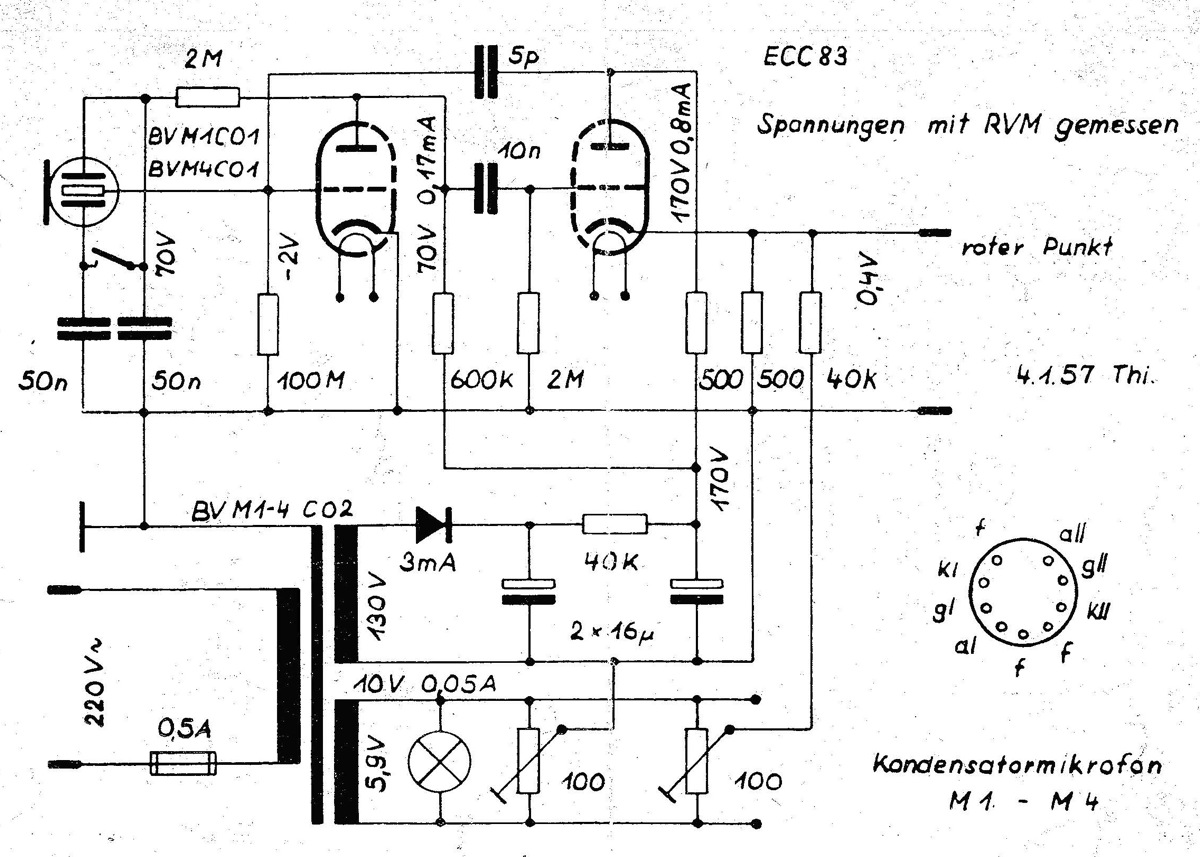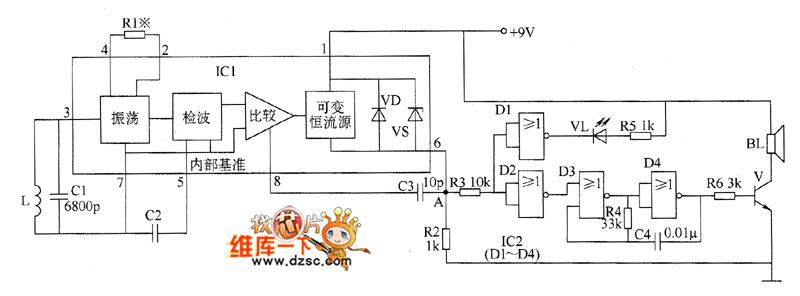
Phone Pager Circuit

This pager allows the use of in-house phone wiring as a public address (PA) system. It utilizes two tone decoders to detect a specific touch-tone key, which activates an audio amplifier.
The described system integrates existing telephone wiring to function as a PA system, providing a cost-effective solution for audio amplification in various environments. The core components of this circuit include two tone decoders, which are responsible for interpreting the dual-tone multi-frequency (DTMF) signals generated by touch-tone keys on a telephone keypad.
When a designated key is pressed, the tone decoders recognize the specific frequency combination associated with that key. This detection triggers a control signal that activates the audio amplifier, allowing it to amplify audio signals for public address purposes. The audio amplifier can be connected to various audio sources, such as microphones or pre-recorded messages, ensuring clear sound transmission through the existing phone wiring.
The design should include appropriate filtering and signal conditioning to ensure that only the intended frequencies are processed, minimizing interference from other signals that may be present on the phone lines. Additionally, it is essential to incorporate safety features such as overcurrent protection and thermal shutdown in the audio amplifier to prevent damage during operation.
Overall, this system provides an innovative way to repurpose existing infrastructure for enhanced communication capabilities, making it suitable for applications in schools, offices, and public venues. This pager allows you to use your in-house phone wiring as a PA system. It uses two tone decoders to detect a particular touch-tone key. This key enables ari audio amplifier.
The described system integrates existing telephone wiring to function as a PA system, providing a cost-effective solution for audio amplification in various environments. The core components of this circuit include two tone decoders, which are responsible for interpreting the dual-tone multi-frequency (DTMF) signals generated by touch-tone keys on a telephone keypad.
When a designated key is pressed, the tone decoders recognize the specific frequency combination associated with that key. This detection triggers a control signal that activates the audio amplifier, allowing it to amplify audio signals for public address purposes. The audio amplifier can be connected to various audio sources, such as microphones or pre-recorded messages, ensuring clear sound transmission through the existing phone wiring.
The design should include appropriate filtering and signal conditioning to ensure that only the intended frequencies are processed, minimizing interference from other signals that may be present on the phone lines. Additionally, it is essential to incorporate safety features such as overcurrent protection and thermal shutdown in the audio amplifier to prevent damage during operation.
Overall, this system provides an innovative way to repurpose existing infrastructure for enhanced communication capabilities, making it suitable for applications in schools, offices, and public venues. This pager allows you to use your in-house phone wiring as a PA system. It uses two tone decoders to detect a particular touch-tone key. This key enables ari audio amplifier.





